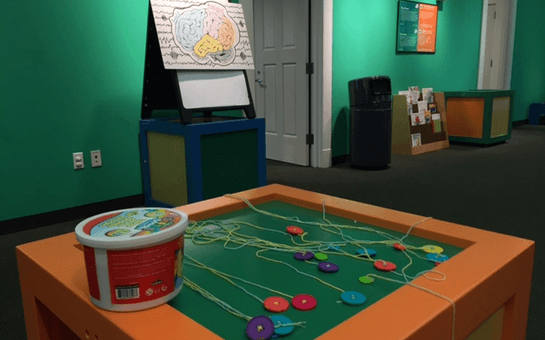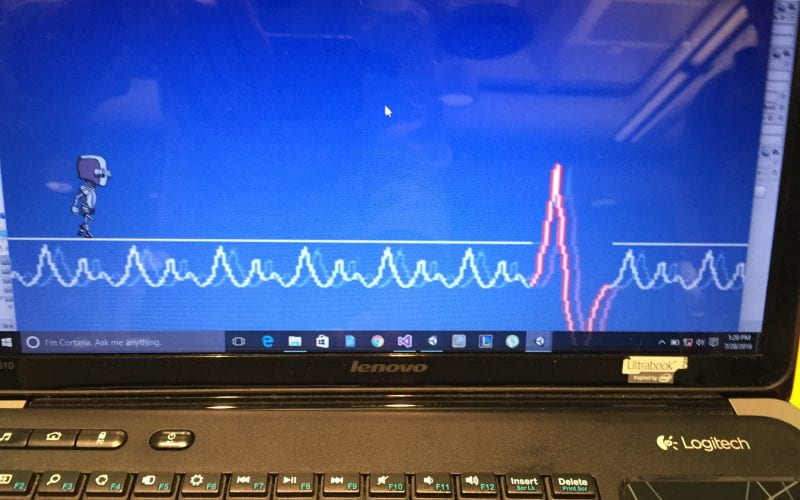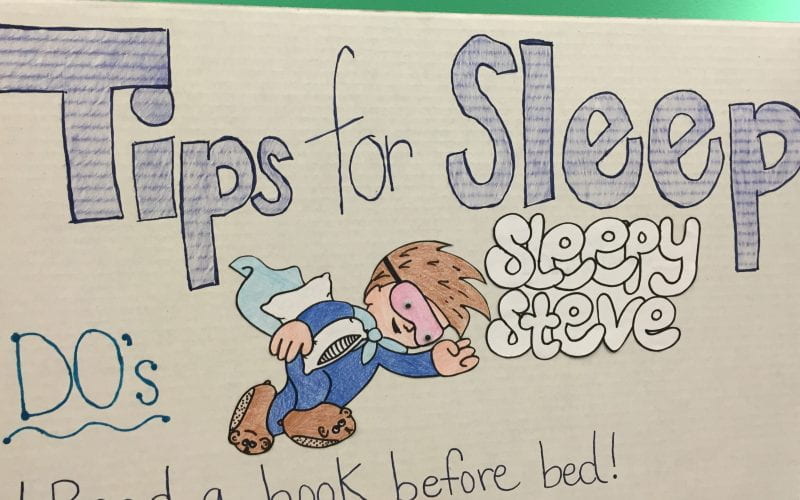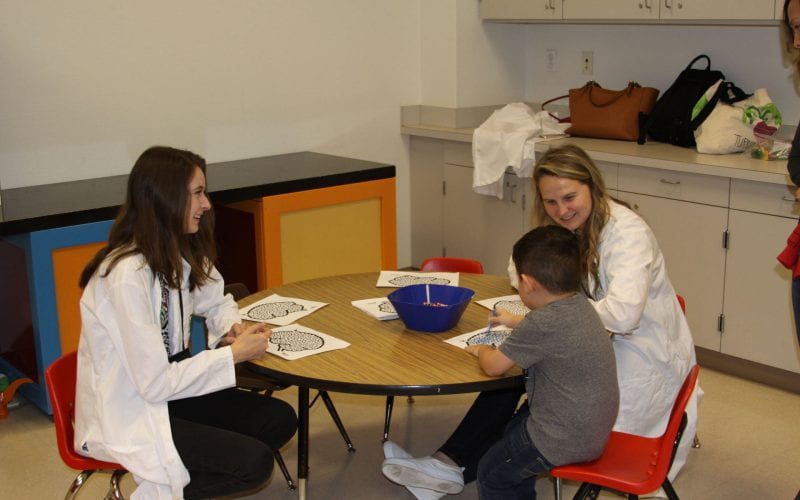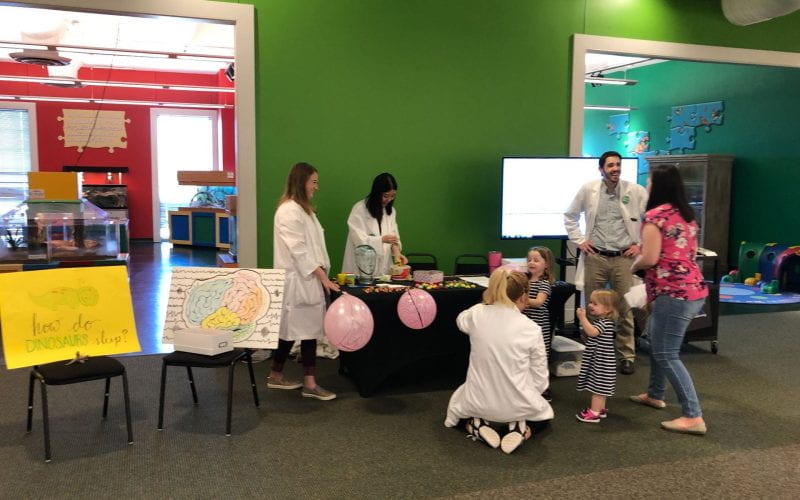We believe that public communication of science is both a responsibility and a privilege. We take a multipronged approach to broadly communicating our science to the general public.
- We routinely speak to organizations at Baylor and in the local community. You may have seen us at BURST meetings, Alzheimer’s Association meetings, or Teen Science Cafes. If you’re interested in hearing about sleep, we’re interested in telling you about it.
 Press releases can sometimes be viewed as attention-seeking, and so they must be done responsibly. (Kudos to Terry Goodrich and the Media Communications Department for working so well with scientists). Our view is that if we have taken years to summarize a literature, then we think it’s important to share those summaries broadly (e.g., see here and see here). And, if we think we have identified a new behavioral method for improving one’s cognitive or sleep health, then again, we believe the public deserves to hear about that even when larger RCTs are warranted (see here and see here).
Press releases can sometimes be viewed as attention-seeking, and so they must be done responsibly. (Kudos to Terry Goodrich and the Media Communications Department for working so well with scientists). Our view is that if we have taken years to summarize a literature, then we think it’s important to share those summaries broadly (e.g., see here and see here). And, if we think we have identified a new behavioral method for improving one’s cognitive or sleep health, then again, we believe the public deserves to hear about that even when larger RCTs are warranted (see here and see here).
- Building on the concept of “service learning,” students in Cognition (3331) and Sleep (3375) are challenged to translat
 e their learning into a benefit for the general public. Since 2016, students have completed 126 outreach projects that communicated science to more than 6,000 community members. Outreach sites have included churches, schools, libraries, assisted living communities, museums, hospitals, scout groups, athletic teams, animal clinics, sheriff offices, veterans groups, and a juvenile correctional facility. Below are some of the innovative past projects:
e their learning into a benefit for the general public. Since 2016, students have completed 126 outreach projects that communicated science to more than 6,000 community members. Outreach sites have included churches, schools, libraries, assisted living communities, museums, hospitals, scout groups, athletic teams, animal clinics, sheriff offices, veterans groups, and a juvenile correctional facility. Below are some of the innovative past projects:
-
- A student composed a piano song in which the musical score mirrored EEG waves from the different stages of sleep. He played it at three events and passed out sleep brochures.
- A team acted as directors of an art exhibit, soliciting artists to depict sleep deprivation. They received 10 diverse submissions (sculptures, water colors, ink, photography, video, an
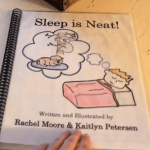 d canvas paintings) and displayed the pieces in space they secured at 7Twelve Art Gallery.
d canvas paintings) and displayed the pieces in space they secured at 7Twelve Art Gallery. - A team wrote and illustrated a children’s book on how animals sleep. They read the book to children at a daycare center (who demanded an encore), sent the children home with their own coloring book version, and included a sleep-tips pamphlet for the parents.
- Our favorite outreach efforts are those we do at the local museum. Since 2016, the SNaC Laboratory has held biannual “pop-up” exhibits on sleep science and brain health. We bring polysomnography demonstrations, sheep brain dissection activities, and sleep-science videogames. But, the best part is always simply chatting with people about exciting topics.

